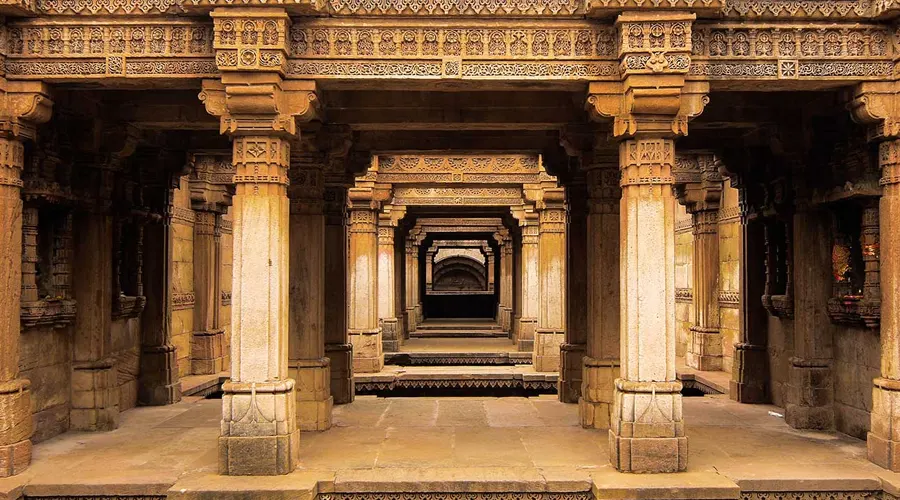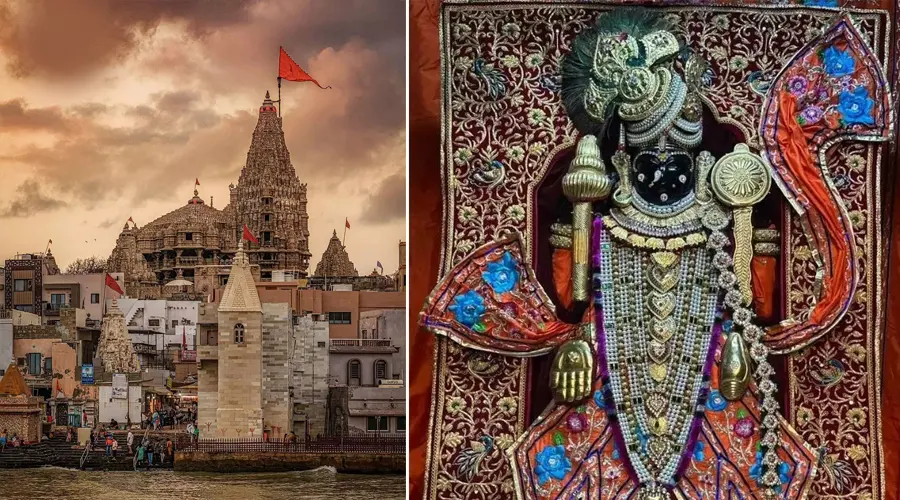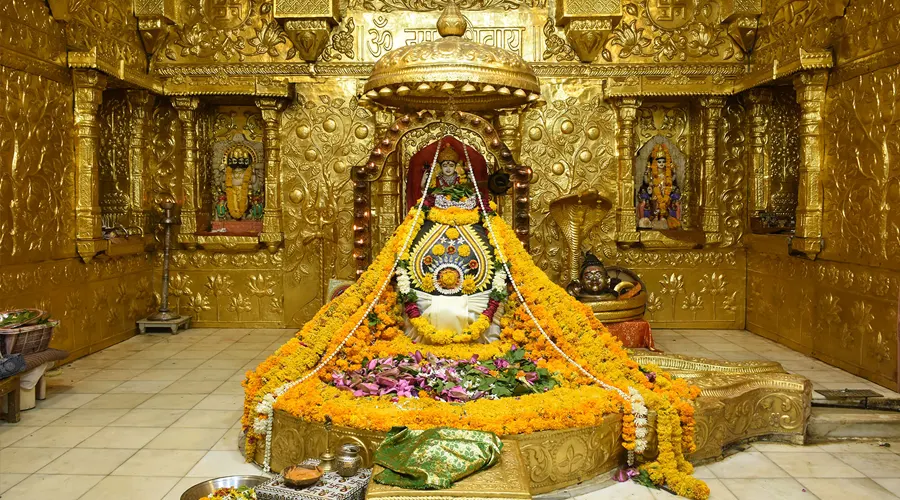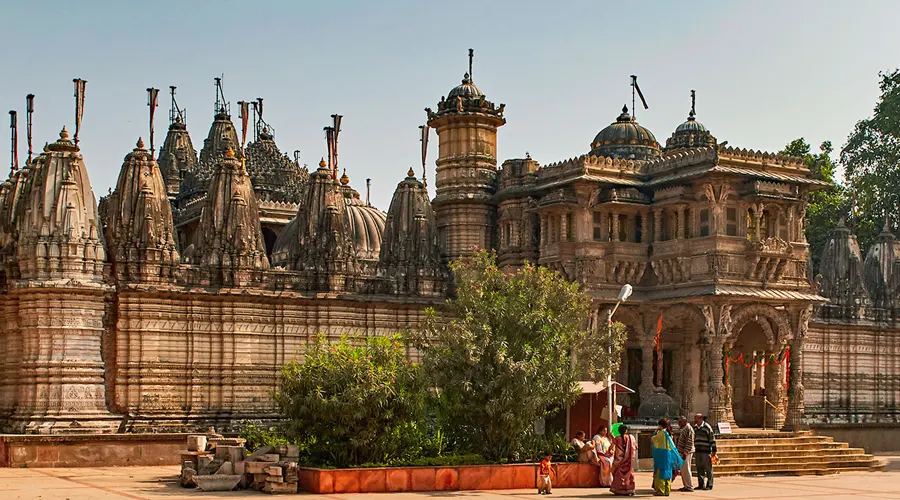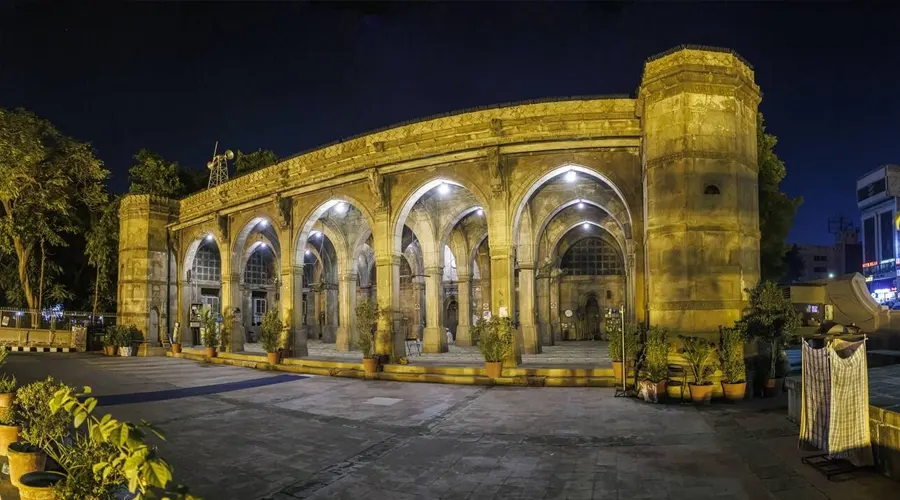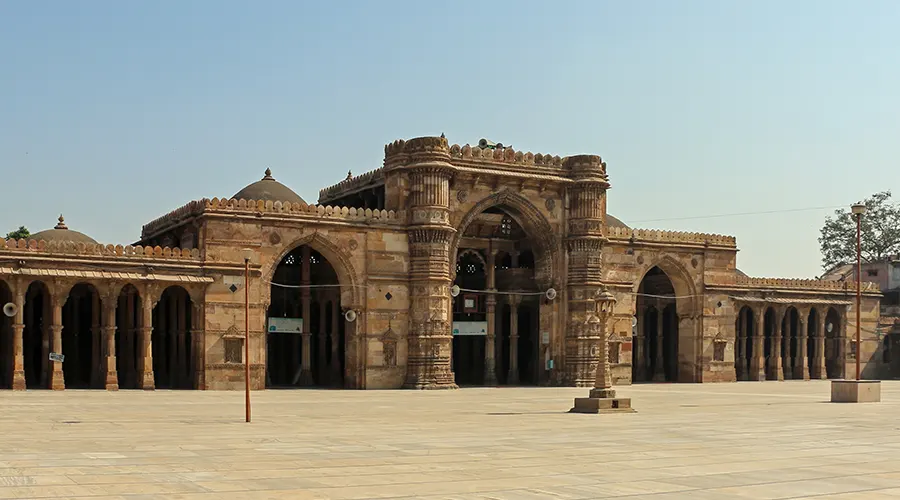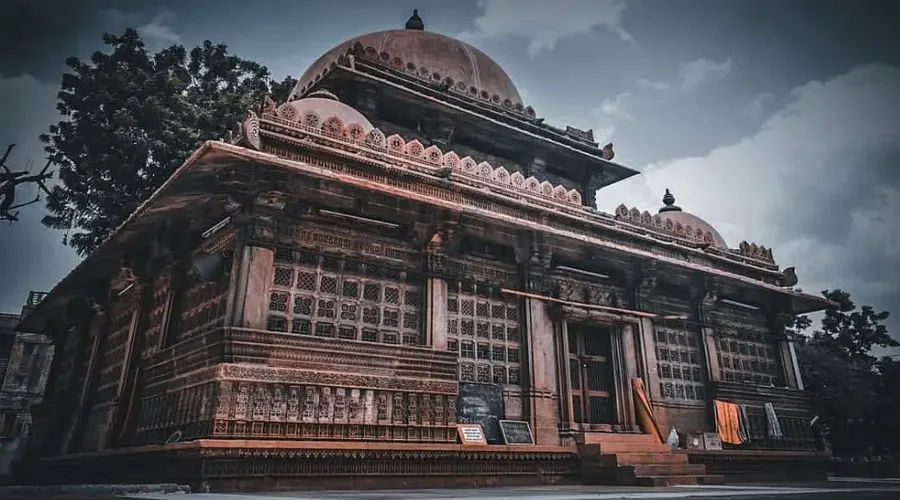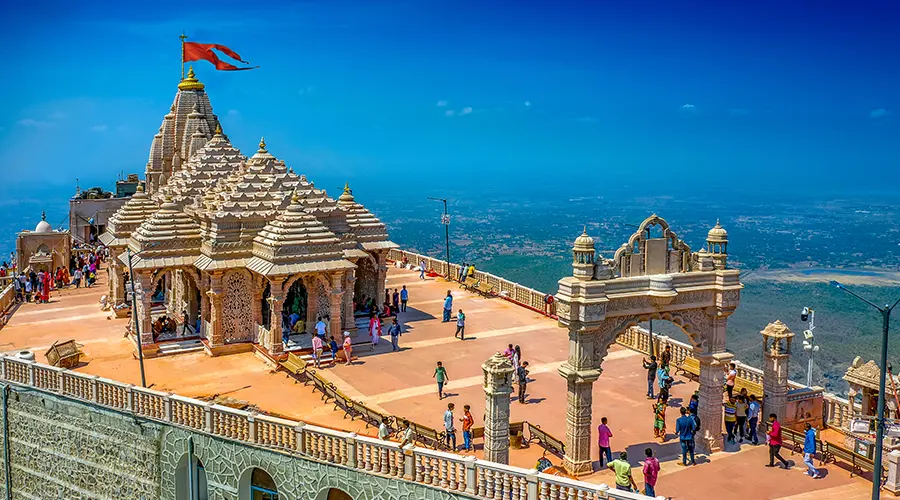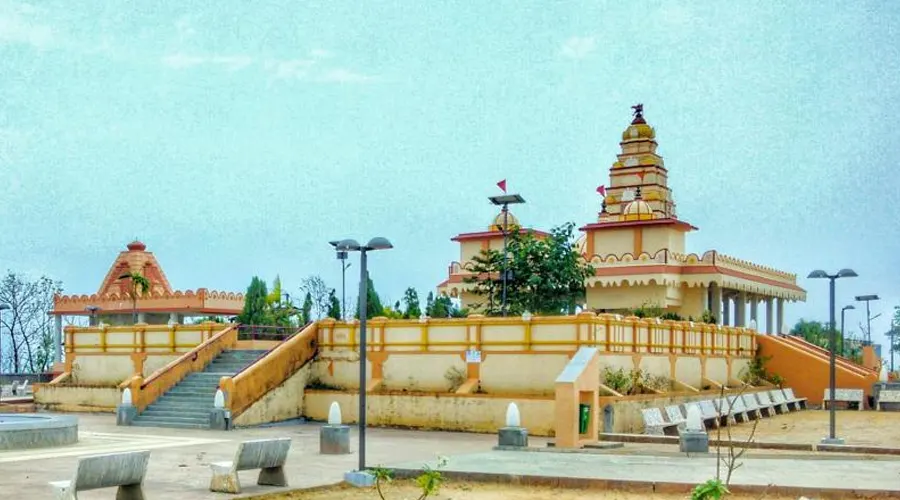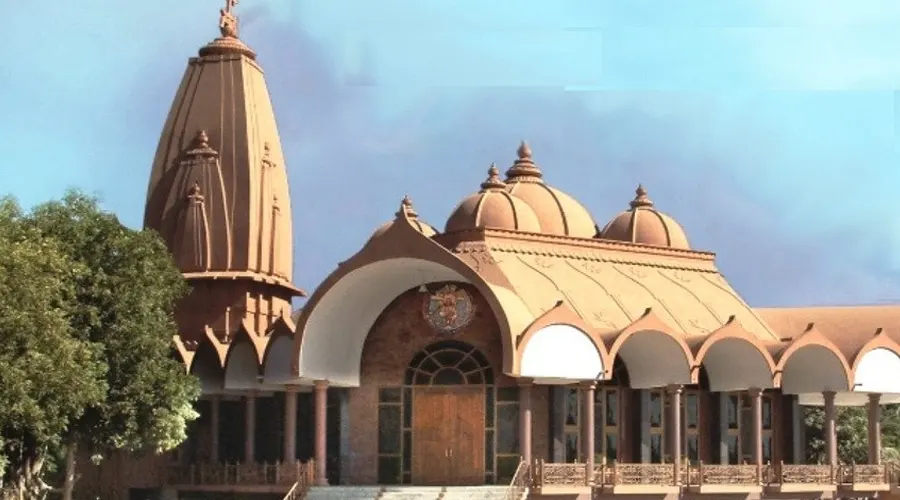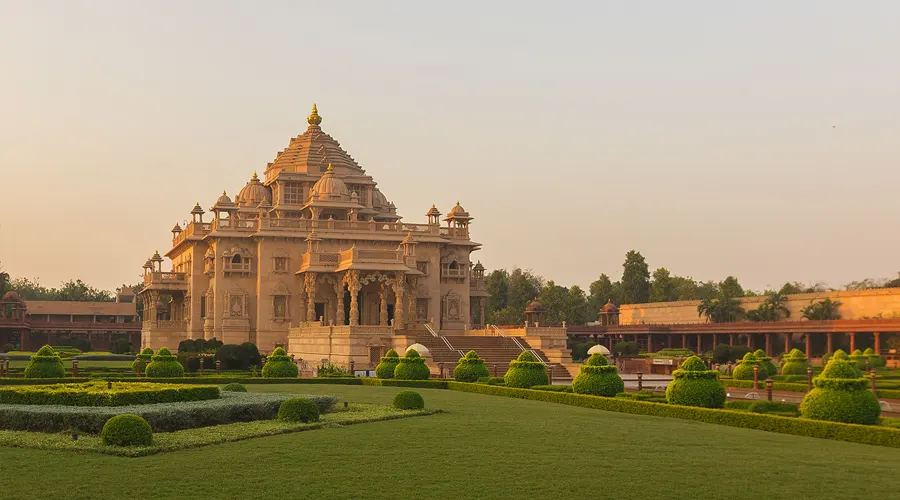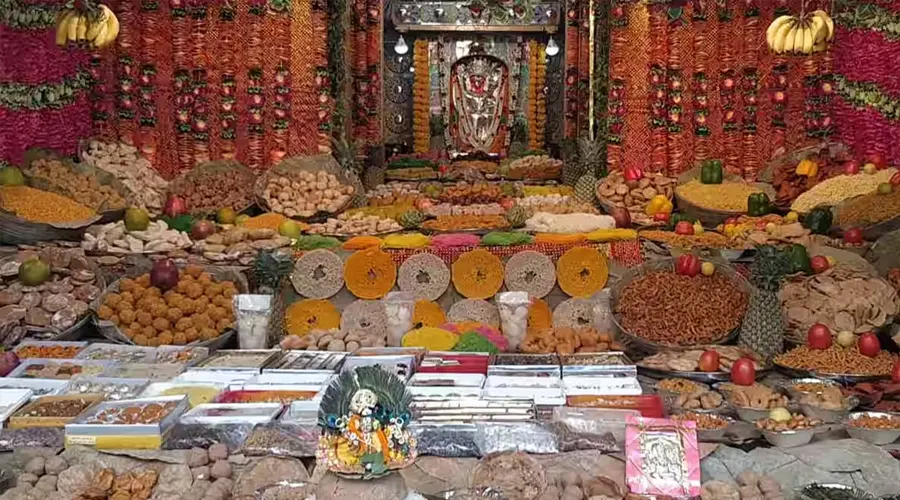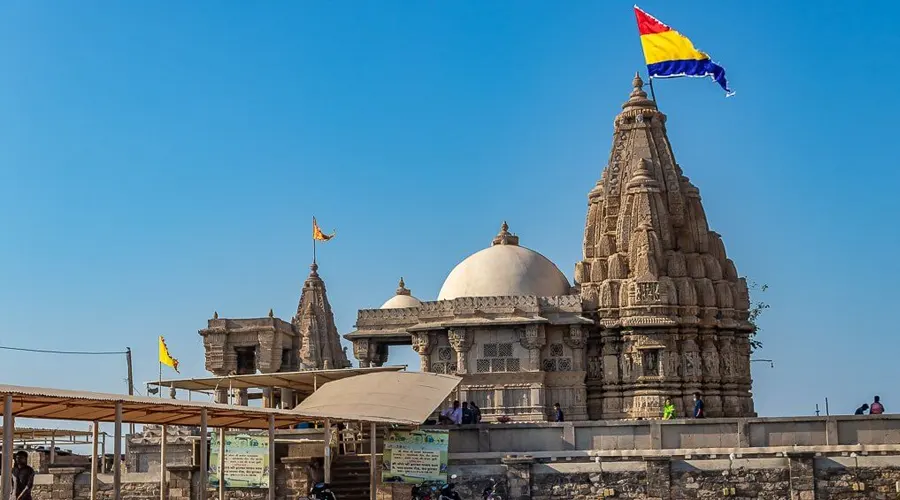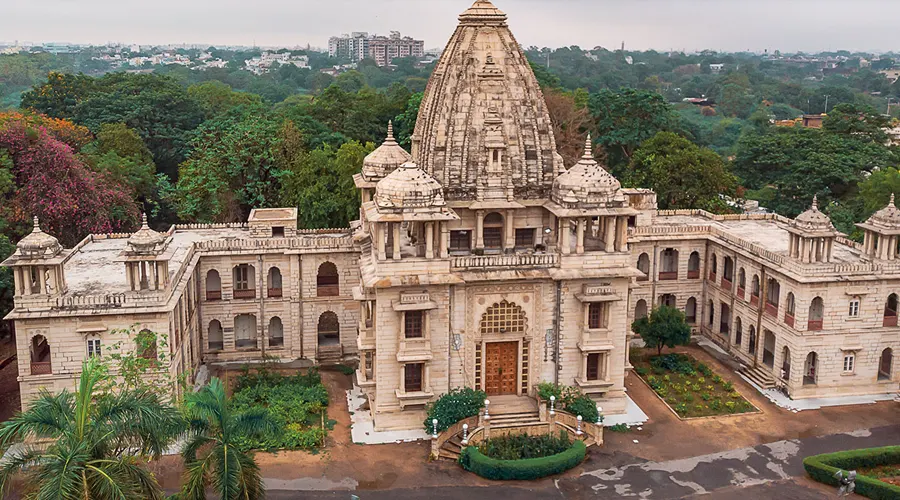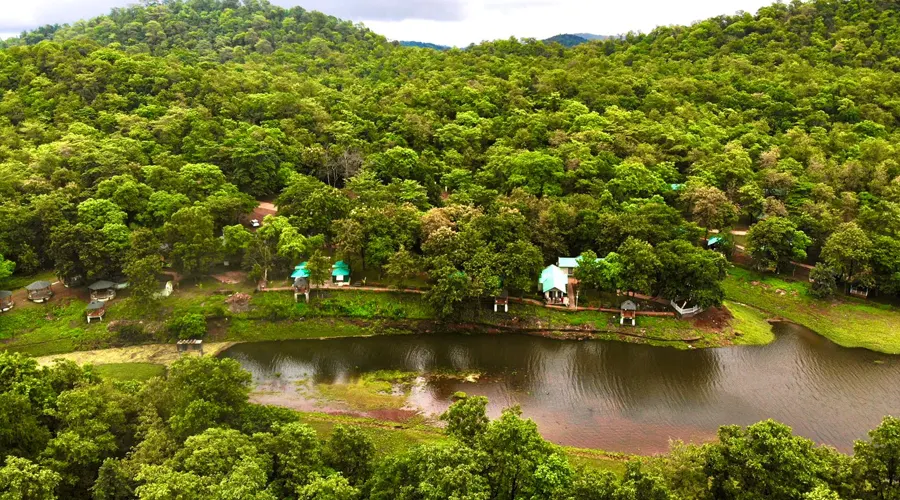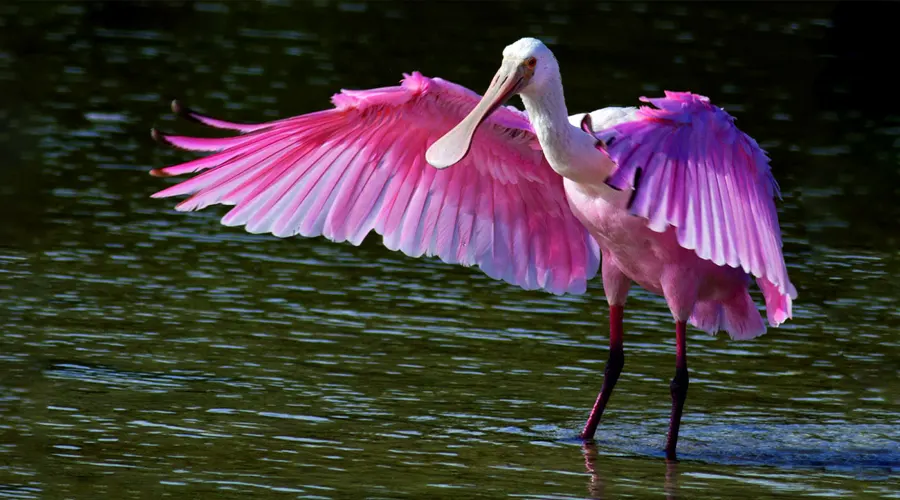Adalaj Ni Vav
Built in 1499 by Queen Rudabai, wife of the Vaghela chief, Veersinh, this five-story stepwell was not just a cultural and utilitarian space, but also a spiritual refuge. It is believed that villagers would come every day in the morning to fill water, offer prayers to the deities carved into the walls, and interact with each other in the cool shade of the vav.
There is an opening in the ceilings above the landing which allows the light and air to enter the octagonal well. However, direct sunlight does not touch the flight of steps or landings except for a brief period at noon. Hence some researchers say that the atmosphere inside the well is six degrees cooler than the outside.
Another remarkable feature of this stepwell is that out of the many stepwells in Gujarat, it is the only one with three entrance stairs. All three stairs meet at the first storey, underground in a huge square platform, which has an octagonal opening on top. The Vav is a spectacular example of Indo-Islamic architecture and design.
The harmonious play of intricate Islamic floral patterns seamlessly fusing into Hindu and Jain symbolism embodies the culture and ethos of those times. All the walls are carved with ornamentation, and mythological scenes along with everyday scenes of women churning buttermilk, dancers accompanied by musicians, women adorning themselves, and a king sitting on a stool.
Fascinating to many visitors are the Ami Khumbor (a pot that contains the water of life) and the Kalp Vriksha (a tree of life) carved out of a single slab of stone. There is a belief that the small frieze of Nvagraha (nine planets) towards the edge of the well protects the monument from evil spirits.
History of Adalaj Step Well
Stepwells or stepped ponds were generally built in semi-arid regions of the country, especially along trade routes. These architectural sites were often used to store monsoon rains and by several pilgrims and traders passing through the way as their resting place.
Making up an essential part of Ahmedabad’s history, Adalaj Step Well was commissioned by Queen Rudabai, the wife of the Vaghela dynasty’s Rana Veer Singh in 1498. He was the ruler of a small kingdom denoted as Dandai Desh.
According to legends the kingdom faced an acute shortage of water and to resolve the same, the king Rana Veer Singh decided to build a big stepwell. The king started the construction work but could not complete it, as he died in a battle with the Sultan of Gujarat, Mahmud Begada.
Mahmud Begada fell in love with Queen Rudabai and wanted to marry her. However, the queen agreed to the proposal provided Mahmud completed the construction of the stepwell. After the completion of the vav, queen Rudabai asked a few saints to take a bath in the water making it a holy well. She then fell into the vav and died.
As Mahmud Begada did not want any replica of the stepwell ordered the killing of the six masons involved in its construction whose tombs can be found near the stepwell. An inscription written in Sanskrit on a marble slab on the first floor indicates the history of this amazing architectural site. It states that the cost of construction was around 5,00,111 tanks or five lakhs.
Architecture of Adalaj Step Well
The wondrous monument is a five-storey stepwell that also holds significance owing to the deities engraved on its walls. It is believed that villagers visit the stepwell and offer their prayers to the deities. There is a temple located at the entrance of the Vav.
Light peeps in through the opening in the ceiling of the incredibly stunning historic monument that is constructed in the shape of an octagon. This fascinating structure has been built in such a way that the temperature inside the stepwell is almost 6 degrees less than the outside temperature.
There are three entrance stairs leading into the stepwell. A spectacular example of Indo-Islamic architectural style and design features a striking pot said to contain the water of life called the Ami Khumbor and the tree of life called the Kalpavriksha sculpted from a single stone.
A notable feature of the structure is the Navgraha at the end of the well which is believed to protect the historic site from evil spirits. Travellers would be delighted to view the breathtaking windows found on the first floor.
The octagonal-shaped stepwell is supported with a huge number of pillars. Every floor had enough space for people to hold gatherings. A well-planned step well was dug deep to ensure enough storage of water so that people do not starve during the lack of rainfall.
People can move down through three staircases from the first floor. The walls are ornamented with floral motifs and the wonderful carvings illustrate several impressive images including that of Hindu deities, elephants, flowers, fish, leaves, birds, and a mini turret.
This classical piece of architecture perfectly blends in Islamic floral and geometric designs and Hindu as well as Jain icons and symbols. Other noteworthy carvings include that of women talking to each other and being overlooked by the king, dancers, musicians, and women churning buttermilk.

